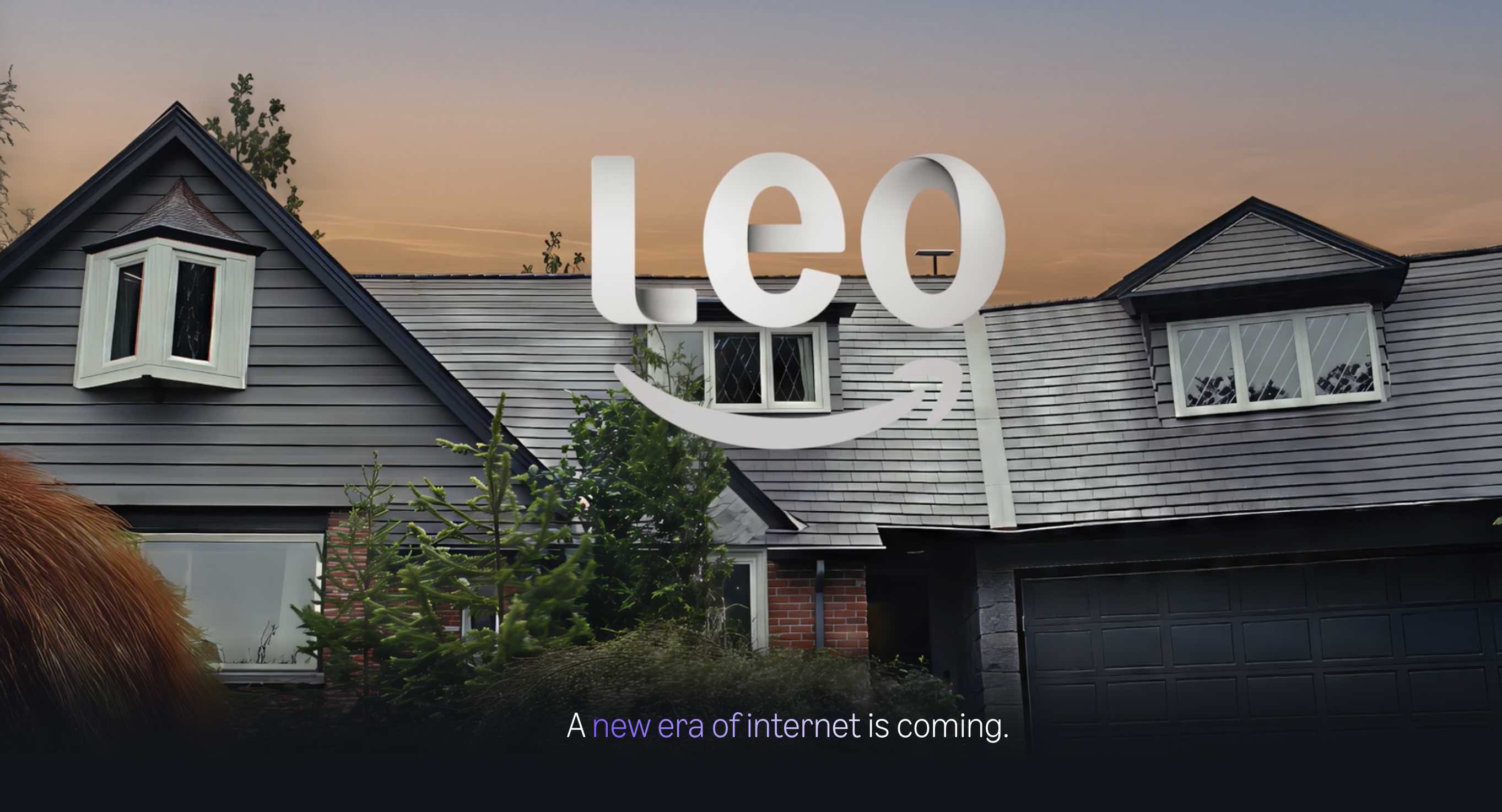Space Race Intensifies: Amazon's Project Kuiper, Leo, Challenges Starlink with Global Waitlist

Amazon's satellite internet service, Project Kuiper, now rebranded as Amazon Leo, has officially launched a waitlist in numerous countries, including Nigeria. This initiative aims to gather details from potential early adopters ahead of its anticipated broader commercial rollout in 2026. The company recently commenced its initial public testing phase with select enterprise clients, marking a significant step towards its global deployment.
The waitlist caters to three primary categories of users: Government, which includes agencies and service providers such as schools and hospitals; Personal, for individual users; and Business, designed for corporate clients and business owners. Amazon Leo will offer a range of router types to suit diverse needs. The 'Ultra' router is touted to be the world’s fastest satellite internet antenna, promising download speeds of up to 1Gbps and upload speeds of 400Mbps. For users prioritizing portability and affordability, the 'Nano' antenna is the smallest and lightest option, weighing approximately 1kg with a square dish panel less than 18cm wide, supporting download speeds of up to 100Mbps. A 'Pro' variant, bulkier at 2.4kg and approximately 28cm across, will provide download speeds of up to 400Mbps.
To join the waitlist, users simply follow a straightforward application process, after which a welcome email is sent. In related developments, Amazon has partnered with Vanu, a US-based company, to deploy cellular towers in remote and rural parts of Southern Africa, although a distribution framework for West Africa is yet to be announced.
Amazon Leo, formerly known as Project Kuiper, embarked on its journey to deploy a constellation of more than 3,200 low Earth orbit (LEO) satellites to provide fast, reliable internet access worldwide, particularly in underserved regions. Last year, the project launched its first operational batch of internet satellites, dubbed “KA-01” (Kuiper Atlas 1), comprising 27 satellites lifted by a United Launch Alliance (ULA) Atlas V rocket from Cape Canaveral Space Force Station in Florida in September. The current fleet now stands at 153 production satellites in orbit, with an ambitious target to expand to 1,618 satellites by July 30, 2026. The first phase of this deployment will see 578 satellites orbiting at an altitude of approximately 630km, slightly higher than Starlink’s fleet. Complementing this, Amazon is establishing 12 ground stations globally to ensure robust backhaul connectivity to the internet.
While SpaceX's Starlink holds a significant head start with its extensive constellation of over 10,000 satellites and a licensed capacity for 12,000 first-generation satellites, plus an additional 7,500 for its second generation, Amazon is banking on its technological prowess and vast global reach to establish a competitive presence. Despite Starlink's advantage with reusable Falcon 9 rockets, Amazon has secured 80 launch missions with various providers, including ULA, Arianespace, and Jeff Bezos’ Blue Origin, to build out its initial constellation. Experts estimate that the comprehensive setup process will likely take at least another year, placing the earliest optimistic global launch date in late 2026 or early 2027.
You may also like...
Flick's Fiery Vow: Barca Coach Promises Redemption After Humiliating Chelsea Defeat!
)
Barcelona suffered a significant 3-0 Champions League defeat to Chelsea, compounded by Ronald Araujo's red card. Despite...
Real Madrid's Shocking Bid for Osimhen Amid Vinicius Drama!
)
Real Madrid is reportedly targeting Galatasaray's Victor Osimhen for a major attacking overhaul, spurred by tactical res...
From Shocking Axe to New Dawn: 'The Office' Remake Rises from the Ashes!

The international legacy of <i>The Office</i> continues with the cancellation of its Australian iteration and the upcomi...
One Piece Fans Erupt in Fury Over Netflix's Latest Project!

Toei Animation's HD remasters of One Piece on Netflix have sparked fan outrage over cropped visuals and alleged AI upsca...
Literary Buzz: Unveiling Tiisetso Maloma's 'Ubuntu Stoicism' Excerpt

Ubuntu is a profound African philosophy rooted in the Nguni and Bantu languages, symbolizing humanity, togetherness, and...
Global Spotlight: Uganda Dazzles Havana with Unrivalled Tourism and Investment Opportunities!

The Uganda Embassy in Havana is participating in the 41st Havana International Fair (FIHAV 2025) to bolster bilateral tr...
Uganda's New Gem: Beri Cottages Unlocks West Nile's Untamed Beauty!

Beri Cottages, a charming boutique guesthouse outside Arua town in Uganda's West Nile region, offers a serene yet conven...
Critical Health Alert: Dangerous Combinations - What NOT to Mix with Vitamin C
:max_bytes(150000):strip_icc()/Health-GettyImages-SupplementsNotToMixVitaminC-4cd93a8dd99a4e1d8ce55574ad4d7a60.jpg)
Vitamin C, or ascorbic acid, is vital for health but can interact with various supplements and medications. Learn how it...

)


